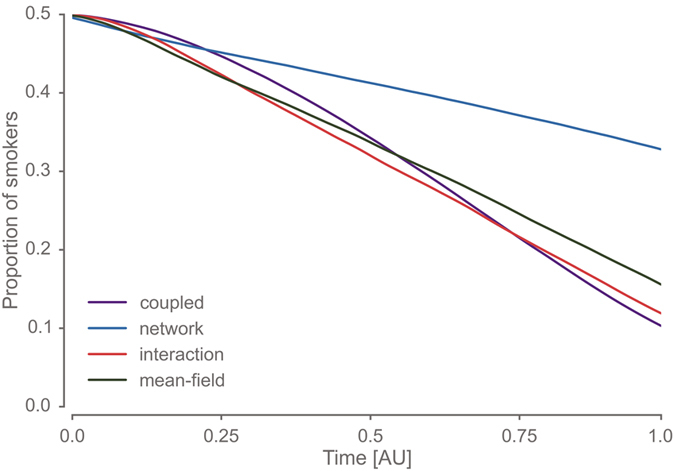Figure 3. Gradual transition from a smoker to a non-smoker society is reflected in the prevalence of smoking.

We considered four distinct models of behaviour selection. Over the course of the simulation, the distribution of the smoking disposition was gradually transformed from a bimodal to a quasi unimodal distribution and the smoking behaviour was computed at each time step. The coupled model assumes that behaviour is shaped by a local interaction based on a time-varying contact network. In the network model, no local interactions are considered. Here, the behaviour is only determined by the individual disposition while the contact network changes over time. In the interaction model, only local interactions shape the behaviour on a static contact network. Similarly to the coupled model, social influence and network dynamics are considered in the mean-field model, but smoking behaviour is shaped by non-local influences only. In all four (partial) models, the proportion of smokers changes in the course of the normative transition (time is represented in arbitrary units, AU). Notably, the absolute change is higher in the models that assume social interaction. Solid lines show mean values across 1000 runs with different pseudo-random initialisations. The variation across runs was negligible.
